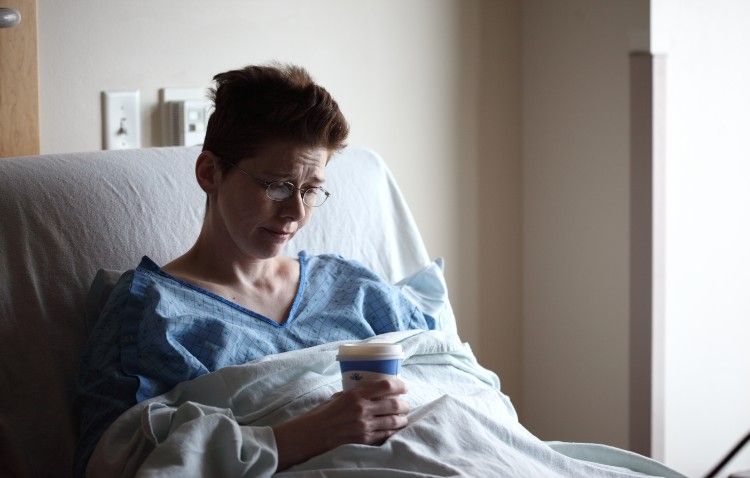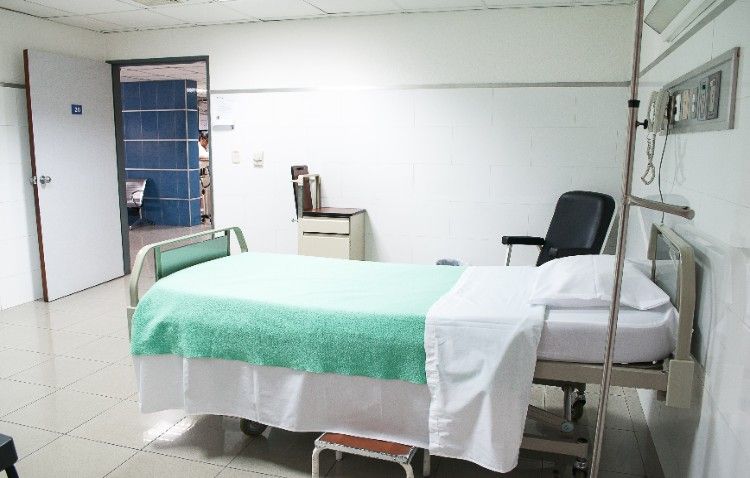How Will Payment Reform Create Better Care?
The ACA has created significant payment reform. Instead of paying a fee for each service performed, there will be a fixed payment amount allowed for each disease entity per year, no matter how many times the patient needs to be seen. This is known as “bundled” payment.
Under the “fee for service” system, providers are paid for every “event” of sickness. The more sickness a patient has, the more money health care providers make. Finances are aligned with sickness; therefore, the “fee for service” payment system in a subtle way encourages sickness.
Under fee for service, the government has been giving the healthcare industry a blank check. Whatever tests or treatments that are needed, the government covers. Those days are over! The “blank check” has been ripped up.
The new guidelines establish a cap per disease entity. A simplistic explanation is that each disease entity will be allotted a specified amount of money per year and once the limit is reached, providers will not be reimbursed beyond it. What is happening here is a shift of incentives – from sickness to wellness. Providers will make more by creating health, rather than sickness.
This payment reform is radically different; a restructuring of our entire health care system will result. Since there will now be a “cap” (a limited amount of money available for each patient’s disease level), patients will be routed to primary care and wellness to ensure that the money is spent more wisely. This movement to primary care and wellness, by aligning finances to wellness, will not only create better care; it will re-establish primary care as the backbone of our health care system instead of specialists and hospitals, as it is today.









